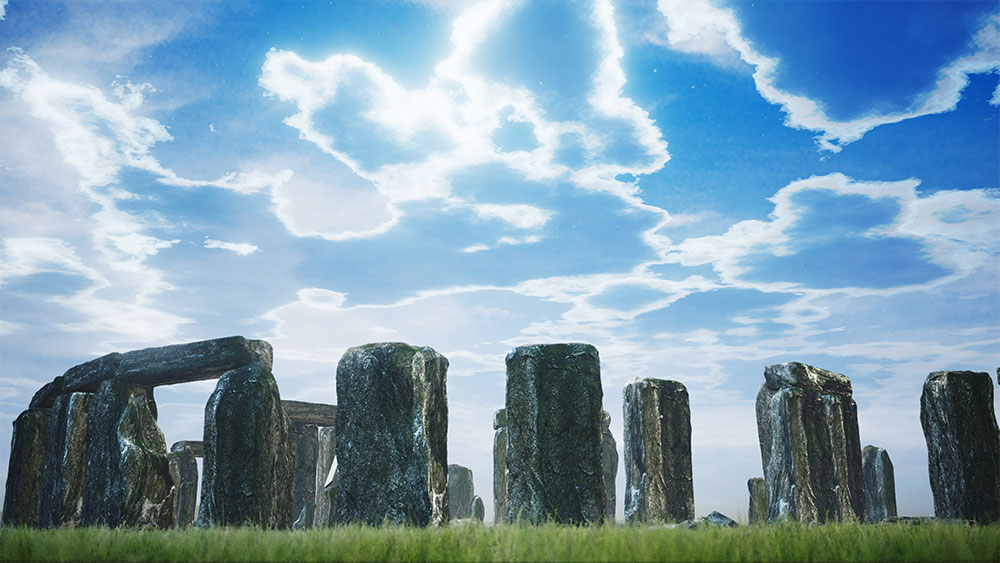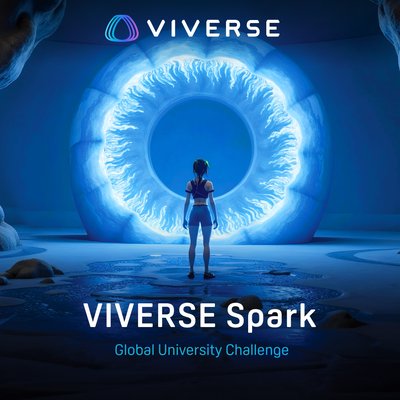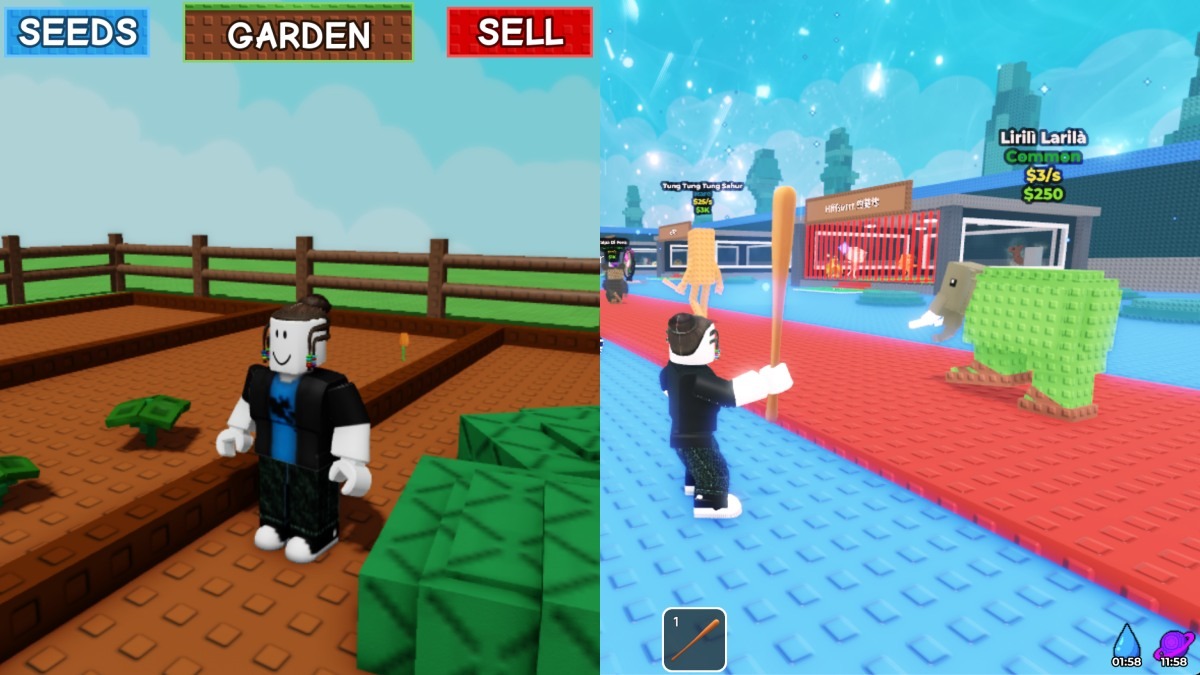
We chatted with VoyagerVR, creators of this immersive glimpse into the mysterious monument.
First, please introduce yourself and what you do at Voyager VR.
Christian: Hi I’m Christian Bretz, founder of VoyagerVR and creator of Stonehenge VR. Jessica and I started the company with just the two of us, so we’ve done all the business and software development, creative and production.
Jessica: Hello! I’m Jessica Villarreal and I am a co-founder of Voyager VR. I work on the business development, as well as marketing and promotion of our company. Since Voyager VR is run by only Christian and myself, we are constantly building strategies on how to make the company grow, and how to continue to provide impressive experiences.
Tell us what the initial inspiration for Stonehenge VR was – apart from the monument, of course!
Christian: After 3 months of learning everything I could about Unreal development, I needed to pick something as our first project. I didn’t want it to be a game and it had to be something that everyone could identify, but more importantly it needed to be something that could be recreated by a single developer.
The foundation of my and Jessica’s relationship has always been about believing in the other person’s dreams, so I’ll always remember when I said “I think I’m going to recreate Stonehenge in virtual reality, ” and she was totally open minded and onboard with the concept.
In less than a week we had a working prototype where you could actually virtually walk around the monument and everyone was really getting a kick out of it. While that was fun, it felt like you needed something to do while you were there, so much could be added to really take advantage of what VR has to offer.
For instance, we can simulate the Winter and Summer Solstice. You can fly over the monument and see it from perspectives you would never be able to in real life. A feature people really love is being able to teleport and stand on top of the monument itself, in real life you can’t even get near it!
All of these features combined with the storytelling aspects are what makes Stonehenge VR more than just a location based experience.
How did you go about creating the environment for Stonehenge within Unreal Engine? What reference did you use?
Christian: I remodeled Stonehenge using a combination of the tools in Unreal and Maya. For references we used a combination of real world measurements, aerial and 360 photographs, all that can be found online. Unreal 4 is truly one of the most amazing tools ever made. Its interface is friendly, but its complexity in what can be made is basically infinite.

Did you visit Stonehenge in real life for any extra reference? Have you ever been there?
Christian: I wish! We haven’t been yet, but I’ll tell you, some of our favorite reactions have been from people who grew up near Stonehenge or have been to it in real life. That was the first big test, what does somebody who’s from the area think about it? We filmed that test, which you can see in our ‘Perspective of Someone Who’s Been There’ video. One of the funnier reactions we hear is that people actually enjoy it more because it’s not raining and you don’t have to deal with other tourists.
What’s your opinion on what Stonehenge’s purpose might have been?
Christian: It’s theorized that the alignment with the sun and the monument was to signify the new agricultural year, and the ability to cultivate the land is what gave the neolithic man the resources to undertake a project the size of Stonehenge. So it’s possible it could have been, in a sense, an early computational device which makes recreating this ancient structure in VR that much more meaningful to me.
It also could have served for a variety of events; burials, weddings, or festivals. Many believe Stonehenge was built to memorialize the lives of their ancestors.
Tell us about some of the reactions you’ve seen from people who have experienced Stonehenge VR.
Christian: One of the reactions that was the most surprising to us was when people would say they enjoyed Stonehenge VR more than the gaming content, which is certainly something we didn’t expect. These reactions helped clarify our goal of making educational software one of mainstream uses of VR.
Jessica: We have had an unbelievable amount of positive responses from Stonehenge VR. Not only do people get to experience our program, but we’ve also introduced a lot of these individuals to VR as a whole, and that’s been really exciting to watch. It’s been such pleasure seeing people laugh, cry tears of elation, or just be amazed by what the technology and Stonehenge VR does for their emotions. The reactions have been a mix of speechlessness or utter joy of an adrenaline kick. My favorite thing to do after someone goes through the experience is to say, “How was it?” and just be silent. The person usually takes over the conversation in either of the forms mentioned above, and both are just as equally satisfying to listen to.

What feature are you most proud of in Stonehenge VR?
Christian: The feature I’m most proud of is the environment that was created that gives people an experience where they see Stonehenge for the beautiful man made structure that it is. It’s a combination of the storytelling, music, sound, programming and amazing Vive hardware that creates the experience people have. All of this only came after going through the experience hundreds of times ourselves and watching hundreds of other people go through the experience and getting their feedback. If something was even a little off, or someone was slightly confused, we would tweak it and tweak it. So we love hearing people’s feedback because it almost always improves the experience.
Now it’s to the point where it can be run reliably in a museum environment like the Museum at Prairefire and be enjoyed by people from age 8 to 80. We’re incredibly fortunate to have the opportunity to work with Sam Burke, Fred and Candy Merrill and everyone at the Museum at Prairiefire. It’s amazing to us to have Stonehenge VR with the Vive be on display there.
In terms of the software itself, I’m most proud of the transition we made from the application starting as a seated experience and then to a room scale experience. We released the first version on the VoyagerVR website in February of 2016 and that same month Jessica went to the Vision Summit where Gabe Newell just happened to be giving out HTC Vive’s to the people in attendance, and we were lucky enough to get a free development kit. Within minutes of trying the Vive, and experiencing the use of room scale and motion controls, I knew the whole program had to be rewritten to accommodate this. This is a testament to how fast the technology is evolving.
Jessica: There are so many elements to Stonehenge VR that I am proud of, but I think the moments that stand out to me are:
1 – The fact that Christian believed in VR so much that he wasted no time becoming involved in this new medium. Not as just someone with ‘ideas’ but someone who actually took them and made something of them by not waiting for the ‘right moment.’ Instead he taught himself how to program, implemented those skills into Stonehenge VR, and because of that, has guided the company to where we are now.
2- The Chinese translation. It’s been really amazing to have our script converted into a whole other language for an entirely different audience.
3 – The changes in the time of day. The sunrise and sunset are such special moments in any normal day, and to able to virtually experience both while in Stonehenge VR is a really magical moment for me.

Now you’ve (re)created Stonehenge – are there any other historical periods, or famous monuments, you’d like to recreate in VR?
Christian: There are probably 50 different subjects we’d love to do. It’s so exciting to be a part of this in the very early stages and evolve these experiences as the technology gets better and better.
Our current project is expanding the number of Vives at the Museum at Prairiefire so we can accommodate larger groups and families. The next step with the software is to add a multiplayer component, so families can go on these journeys together and learn together. Stonehenge was really designed with a single user in mind, but the Pyramids, which is our next project, is designed from the ground up to be experienced with a group, because that’s when VR shines the brightest.
Thank you for talking with us, Jessica and Christian!
Stonehenge VR is available now on Viveport.






